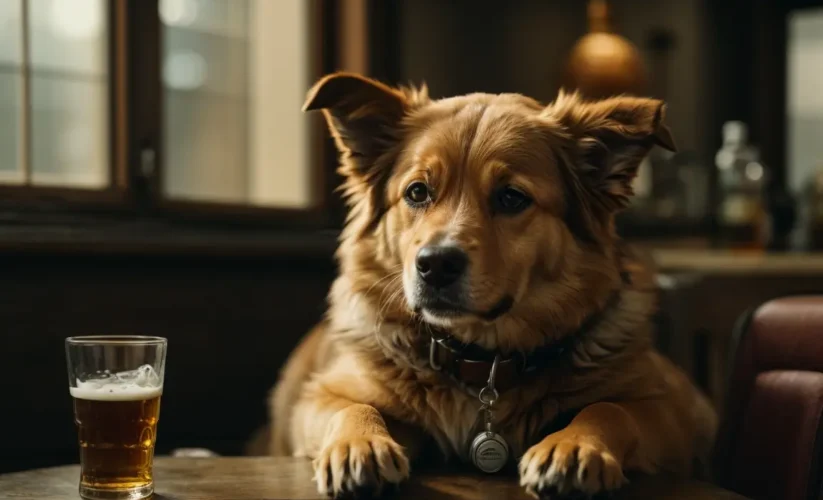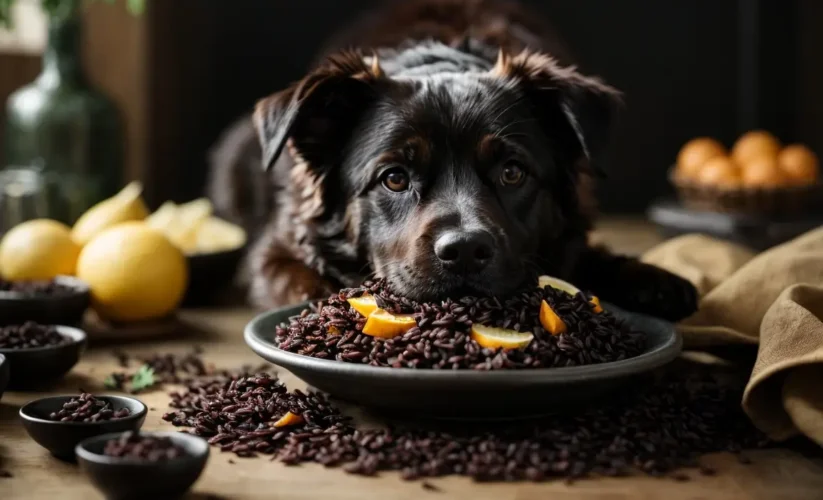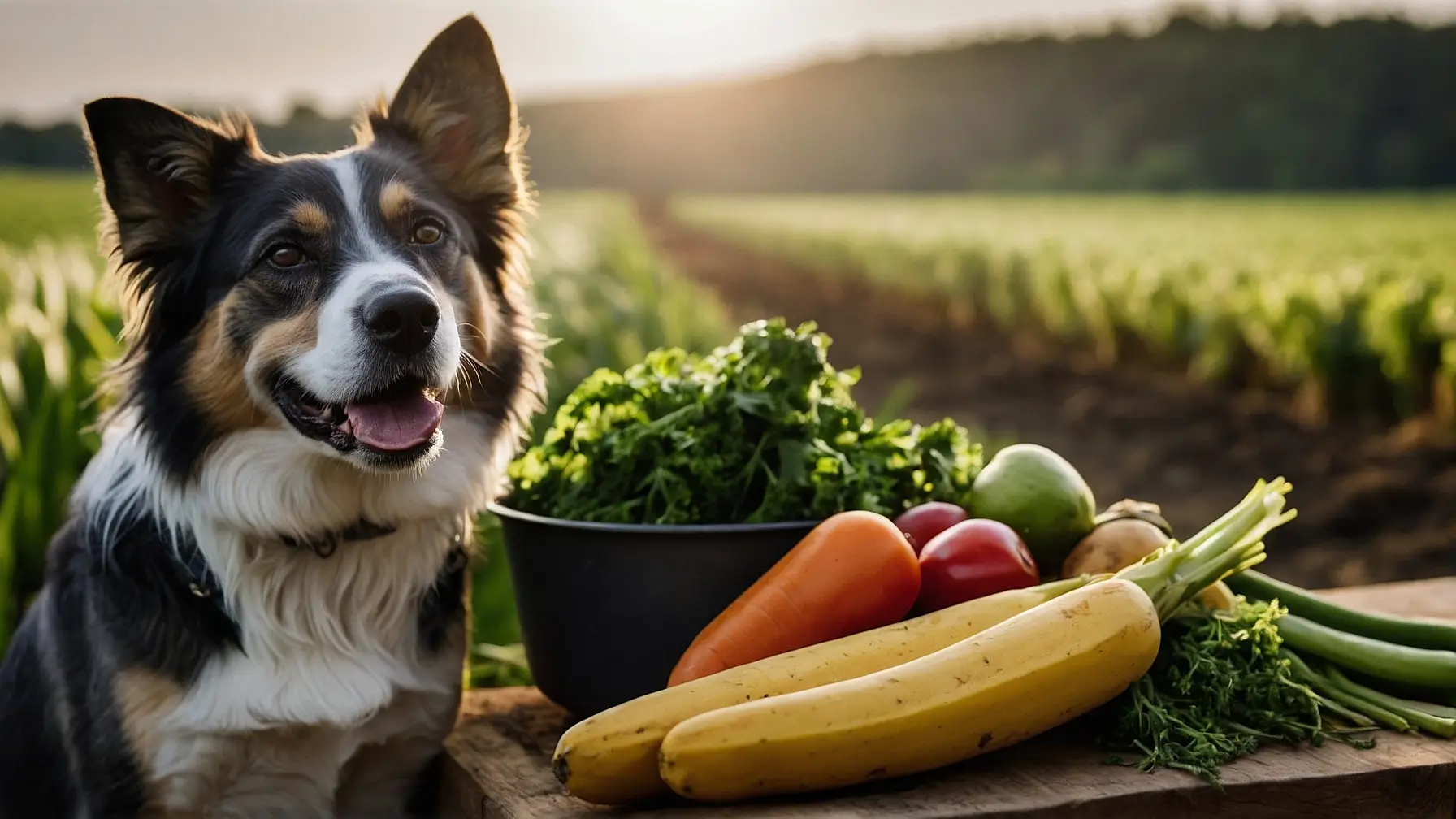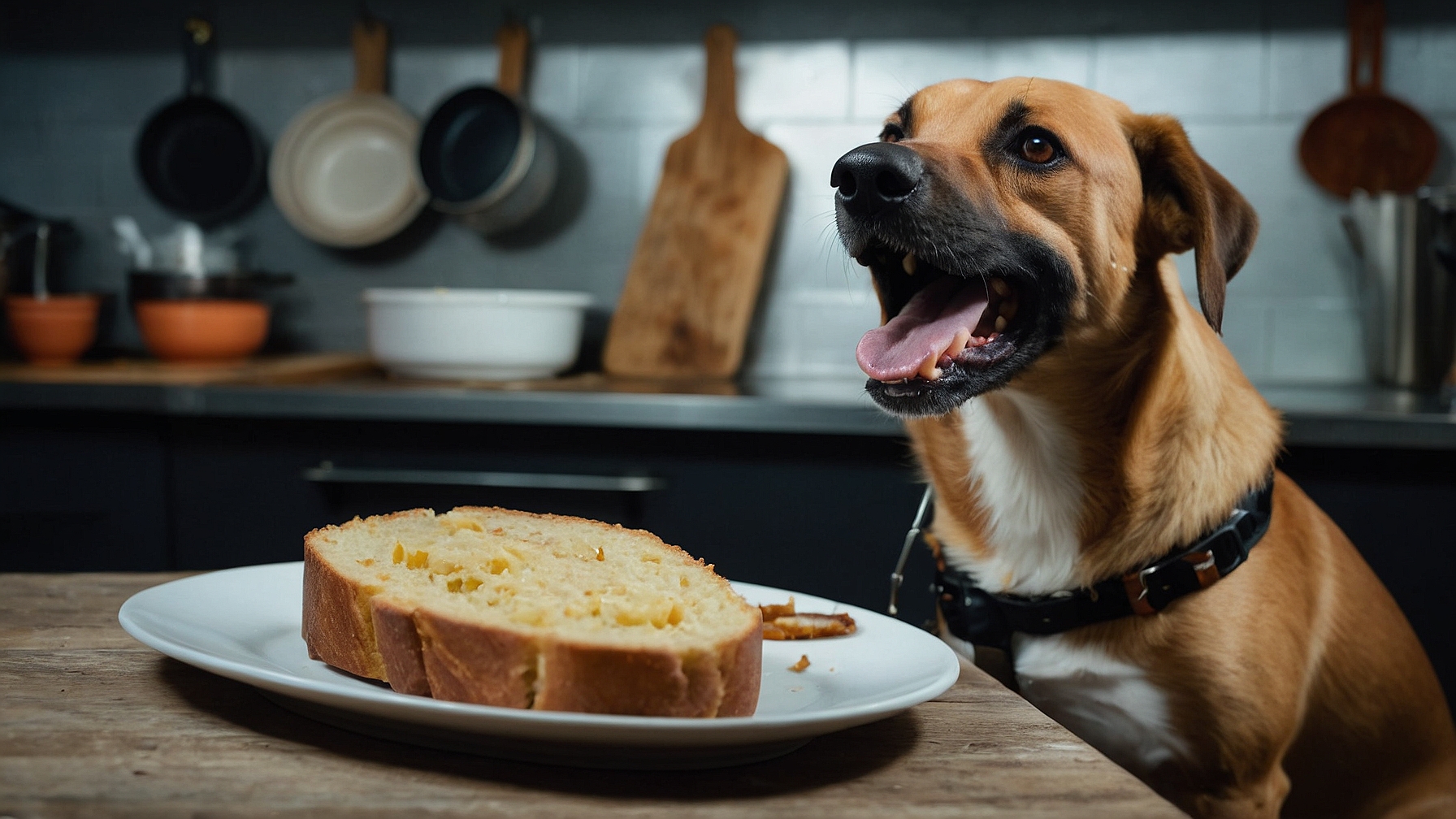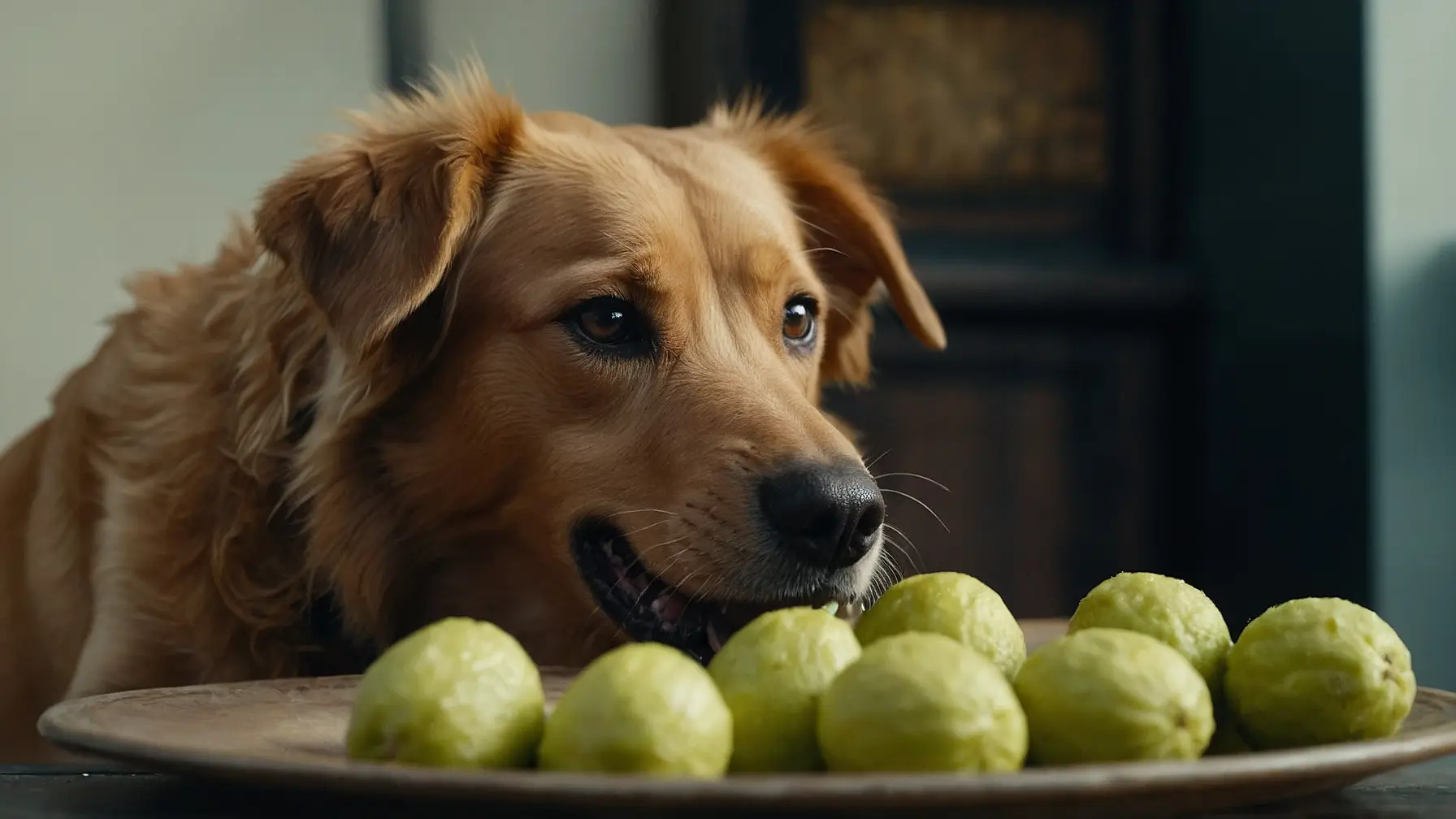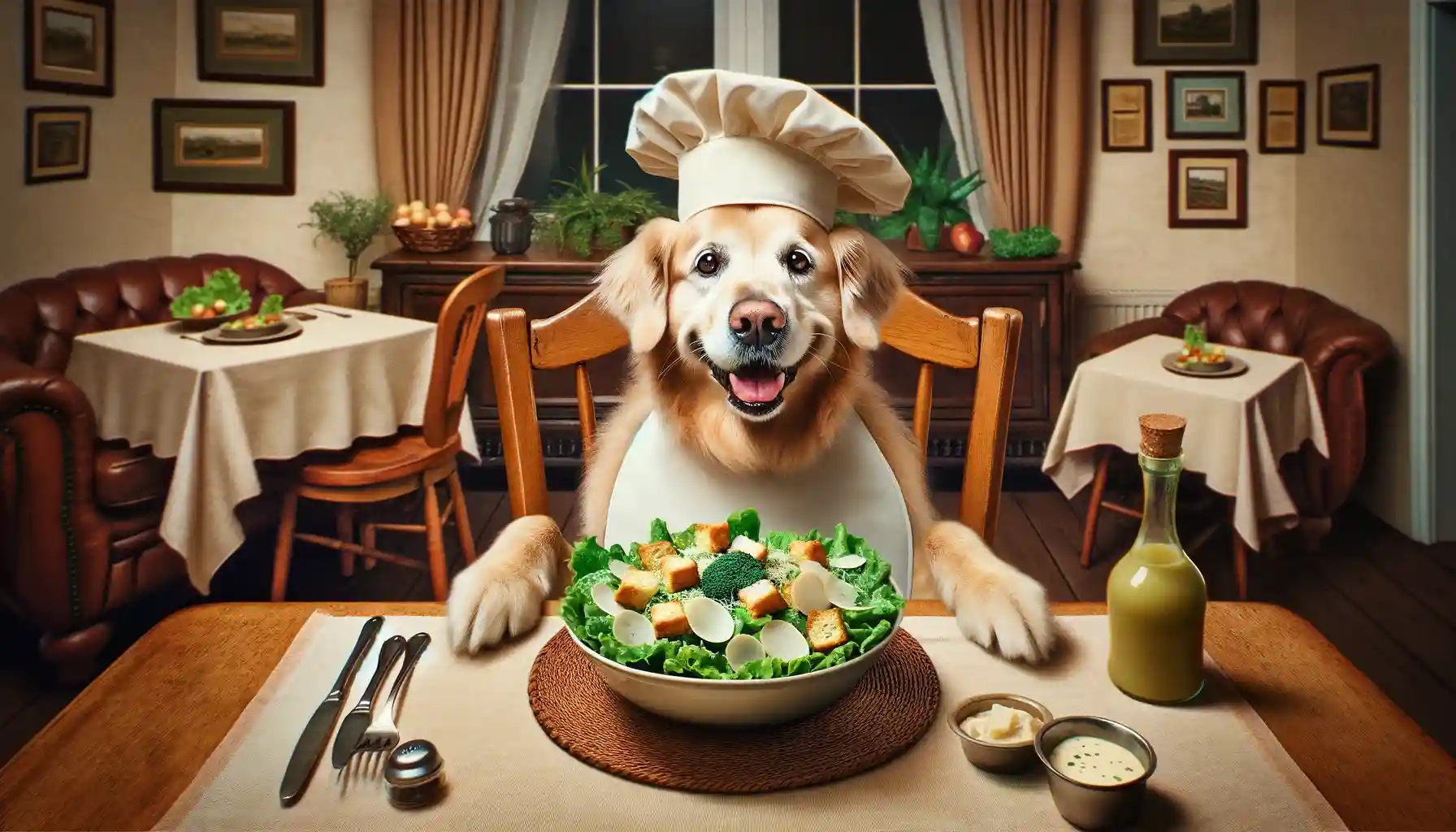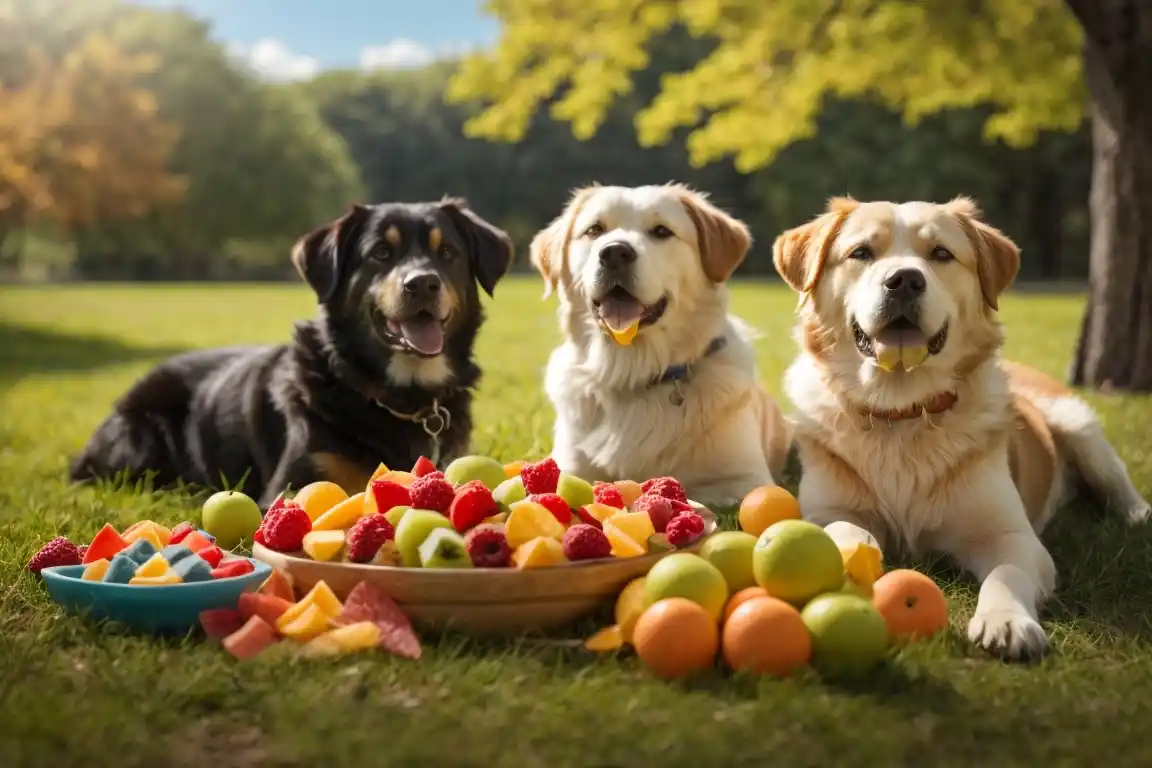Can dogs eat veal?
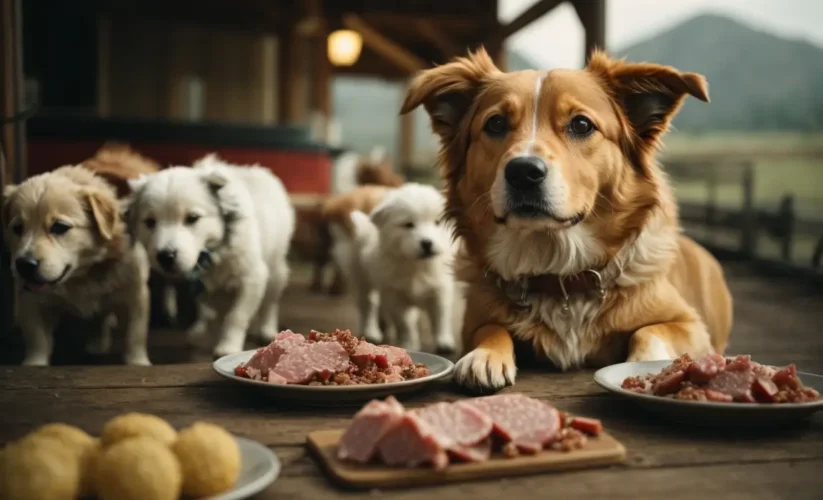
As a devoted dog owner and experienced blogger in the canine world, one of the most common concerns I encounter is regarding the safety and suitability of various foods for our furry friends, including the question, “Can dogs eat veal?” Today, we delve into this topic that’s often broached but not frequently discussed in detail – the consumption of veal by dogs. Veal, a type of meat obtained from young calves, is known for its tender texture and distinct flavor, making it a delicacy in many cuisines. However, when it comes to sharing our plates with our canine companions, it’s crucial to understand the implications of introducing such foods into their diet. This blog post aims to provide an in-depth exploration of whether veal is suitable for dogs, its potential benefits and drawbacks, and considerations for other calf meats. As we navigate through these questions, keep in mind the overarching principle of any dietary change for your pet: moderation and informed choice are key to maintaining their health and well-being.
Is Veal good for Dogs?
Veal can be a good option for dogs in moderation, but it’s important to consider several factors to ensure it’s a healthy choice for your pet. Here are some key points to consider:
- Nutritional Content: Veal is a high-quality source of protein, which is crucial for the growth, repair, and overall health of dogs. It’s also rich in essential nutrients such as B vitamins (notably B12), phosphorus, and zinc. B12 is important for nerve function and red blood cell production, phosphorus is vital for healthy bones, and zinc supports immune system function.
- Lean Protein: Veal is generally leaner than beef, which can make it a preferable choice for dogs, especially for those who are overweight or prone to obesity. However, it still contains some fat, so it should be given in moderation.
- Digestibility: The tenderness of veal can make it easier to digest, which is beneficial for dogs with sensitive stomachs or older dogs who may have dental issues and difficulty chewing harder meats.
- Preparation Matters: If you decide to feed your dog veal, it should be prepared plainly, without any added fats, spices, or seasonings. Ingredients common in human cuisine, such as onions and garlic, are toxic to dogs and must be avoided.
- Allergic Reactions: Some dogs may have allergies or sensitivities to certain meats, including veal. It’s important to introduce it slowly into their diet and watch for any signs of allergic reactions like itching, redness, or gastrointestinal upset.
- Moderation is Key: Veal, like any other type of meat or new food item, should only be a small part of your dog’s diet. A balanced diet that’s appropriate for your dog’s age, size, and activity level is essential.
- Consult Your Vet: Before making significant changes to your dog’s diet, it’s always a good idea to consult with a veterinarian. They can provide guidance based on your dog’s specific health needs and dietary requirements.
In summary, veal can be a good, nutritious option for dogs, but it should be given as a part of a balanced diet, prepared simply, and introduced cautiously to ensure it suits your dog’s individual health and dietary needs.
Is Veal Bad for Dogs?
While veal can be a healthy meat option for dogs, there are certain aspects to consider that could make it less suitable for some pets. One of the primary concerns is the fat content. Although veal is leaner than many other red meats, it still contains fat, which, in excess, can lead to obesity and related health issues in dogs. Dogs with a history of pancreatitis or those that are overweight should have their fat intake closely monitored, and veal might not be the best option for these pets.
Another aspect to consider is the source and quality of the veal. Conventionally raised calves might be exposed to antibiotics and hormones, which could have unknown effects on your dog’s health. Opting for organic, grass-fed veal can be a safer choice, as it is less likely to contain these additives.
Additionally, some dogs might have allergies or sensitivities to certain types of meat, including veal. Introducing veal into your dog’s diet should be done gradually, and any signs of gastrointestinal upset or allergic reactions (such as itching, redness, or ear infections) should be taken seriously. Consulting with a veterinarian before making significant changes to your dog’s diet is always recommended.
In conclusion, while veal isn’t inherently bad for dogs, its appropriateness depends on individual health, dietary needs, and potential sensitivities. As with any dietary change, moderation and close observation are crucial.
Are Other Meats of Calves Safe For Dogs?
Beyond veal, there are other meats from calves that dog owners might consider. These include various cuts of beef and organ meats like liver and kidney. Similar to veal, these meats can be nutritious for dogs, providing essential proteins, vitamins, and minerals.
Beef, being more mature meat than veal, is denser in texture and slightly higher in fat content. It’s a good source of essential amino acids and nutrients like iron, selenium, and vitamins B12 and B6. However, the same precautions apply – it should be served plain and cooked without harmful seasonings.
Organ meats, while extremely nutrient-dense, should be fed in moderation. They are rich in vitamins A and D, which can be toxic in high amounts. These meats are often best served as an occasional treat rather than a staple in your dog’s diet.
It’s also important to consider the risk of raw diets. Raw beef or organ meats can contain harmful bacteria like E. coli and Salmonella, posing a risk to both your dog and human members of the household. Cooking the meat thoroughly reduces this risk.
In essence, while other calf meats can be safe and nutritious for dogs, they should be chosen and prepared with care, keeping your dog’s overall health and dietary requirements in mind.
Final Thoughts
Incorporating veal or other calf meats into your dog’s diet can offer variety and nutritional benefits, but it’s not without its considerations. The suitability of veal or beef depends on factors such as the dog’s health, existing diet, and any specific dietary needs or restrictions. Quality and preparation of the meat are paramount to ensure safety and health benefits.
Remember, no single food item should dominate your dog’s diet. A balanced diet tailored to your dog’s age, size, activity level, and health status is crucial for their overall well-being. Treats or new food items like veal should only make up a small portion of their overall dietary intake.
Lastly, always consult with your veterinarian before introducing significant changes to your pet’s diet. They can provide personalized advice based on your dog’s unique health profile, ensuring that your furry friend remains happy, healthy, and well-nourished. Feeding your dog should always be about balance, moderation, and informed choices, ensuring a long, healthy, and joyful life together.

